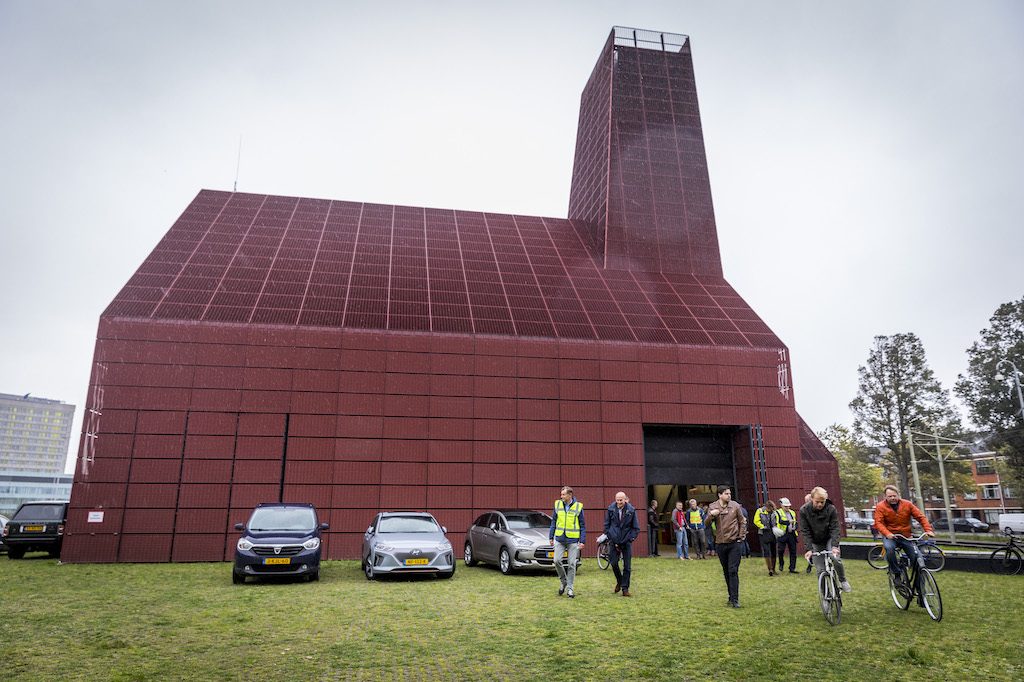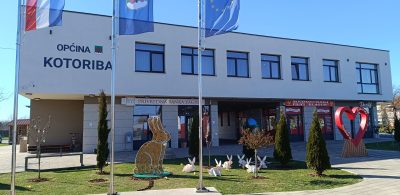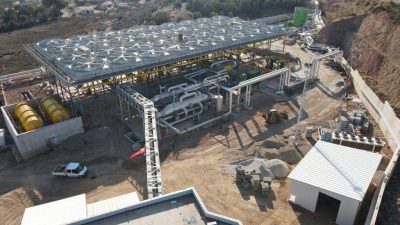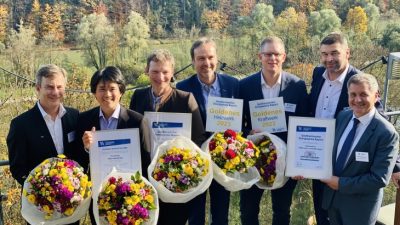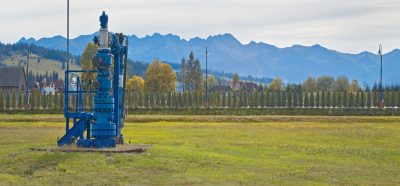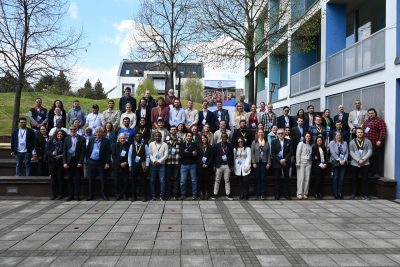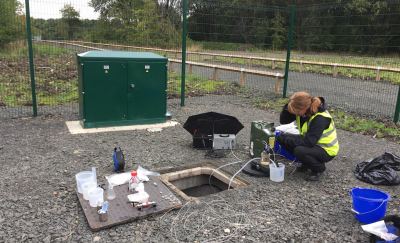Green light given to connect geothermal source to The Hague’s heat network
The Dutch Ministry of Economic Affairs and Climate (EZK) has given the permission for plans to connect geothermal sources to the local heat network in The Hague, Netherlands.
The supply of geothermal heat in the southwest of The Hague has come a step closer, as the Netherlands’ Ministry of Economic Affairs and Climate (EZK) has given the permission to connect the geothermal source to the local heat network.
The environmental permit was given to build the installation for the heat exchanger to convert the heat from the saltwater circuit to the freshwater circuit of the local heat network. Integrated into this installation is a flare to burn the excess gas. The installation is placed in the beautiful rust-brown geothermal power plant on the Leyweg (street in The Hague).
An appeal against the license is still possible, but the approval of EZK is an important step in the right direction. This is said by Bas Kuilman operator and project developer HAL, a partnership of Hydreco Geomec, Perpetuum Energy Partners and the Energiefonds Den Haag (Energyfund The Hague). “The licensing process took longer than expected because it was not clear for EZK how to apply for this particular permitting process.”
Medium temperature
From the Geothermal heat plant, a 2012 design by Splinter architects, heat is already being supplied. Residual heat with a temperature of 90°C of the 97 MWth cogeneration plant (WKC) of Uniper at De Constant Rebecqueplein (a square in The Hague) enters and is converted to an average temperature of around 70 °C.
Kuilman expects that the new installations will be installed next autumn, after which the geothermal source can partly take over the task of the WKC. The connection to the high-temperature heat network is likely to disappear in the long term, says Kuilman. A contract has been signed with Eneco for the purchase of geothermal energy produced.
The geothermal wells were drilled in 2010, and the power plant was formally commissioned two years later, but “the well has never produced,” says Kuilman. “nothing else was built in the heat plant itself due to the bankruptcy in 2013.” Now that there is sufficient heat demand again, the doublet can really be started up. Recently, the production and injection wells have been circulated clean of the accumulated debris of all the years of downtime.
“We also recently submitted the application for the extraction license,” says Kuilman, who expects the geothermal system to be operational in the first or second quarter of 2020. “Initially they wanted to build four thousand (4,000) houses here. That number was reduced to four hundred (400). But the future prospects are positive,” says Kuilman. With new houses that are being built around the Haga hospital and the planned connection of existing housing corporations. Kuilman: “We are eager to go into production.”
Source: Haagse Aardwarmte Leyweb/ HydrecoGeomec
Thanks to Bob Harskamp of Well Engineering Partners (WEP) BV for the translation.
